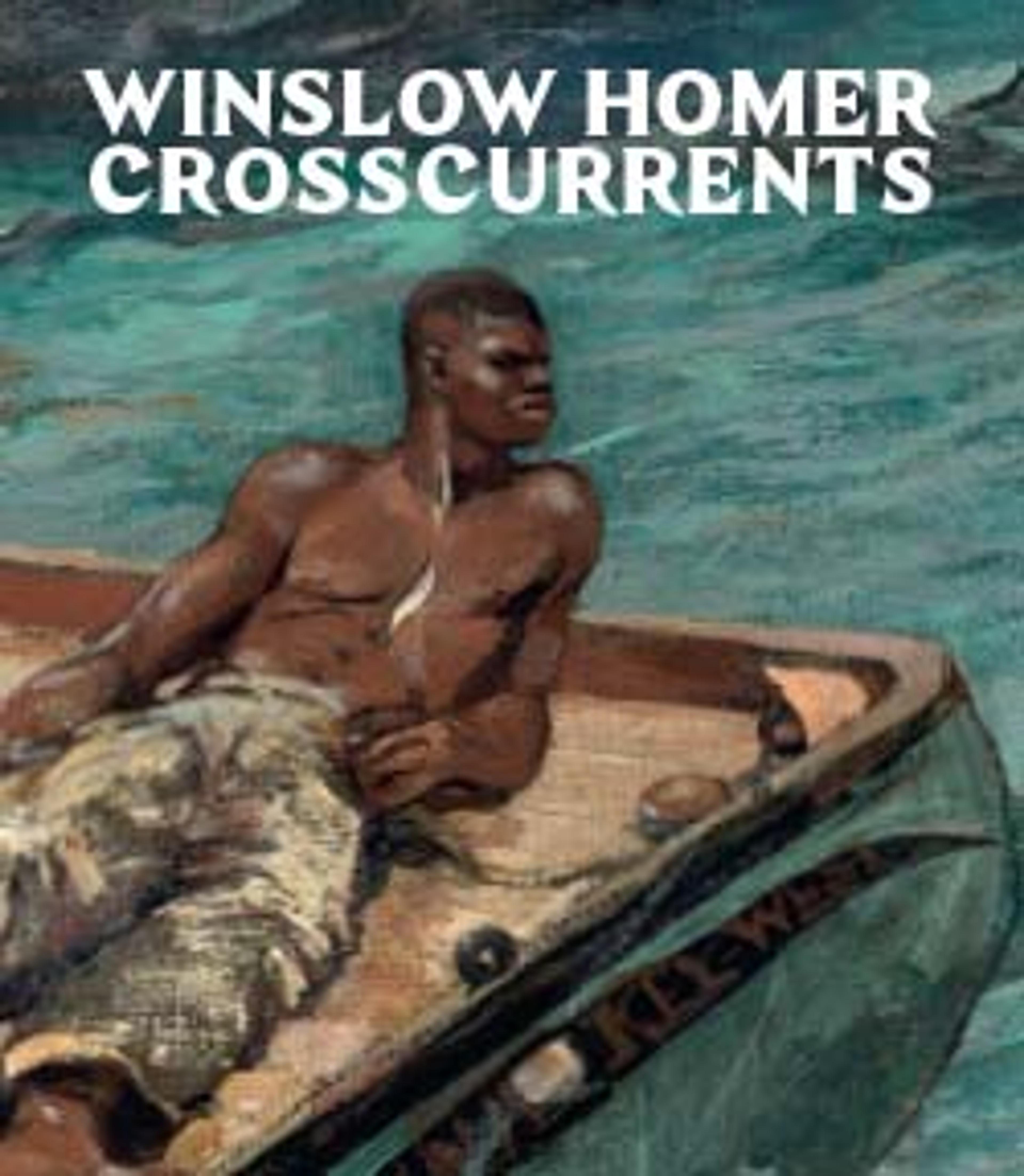Nassau
In this dazzling watercolor of Bahamian men either heading out to or returning from their work at sea, Homer included discarded cannons—artifacts from one of the island’s British forts—splayed across the beach. One contemporary guidebook noted that these symbols of colonial history had become tourist attractions. Homer’s interest in this imperial legacy corresponds to the increasing U.S. presence in the region and on the world stage. At lower left, the artist indicated that the watercolor was painted on January 1, 1899, a significant date. Under the provisions of the 1898 Treaty of Paris, which established the end of the Spanish-Cuban-American war, January 1 marked the day Spain relinquished control of Cuba and the United States began its military occupation of the island.
Artwork Details
- Title:Nassau
- Artist:Winslow Homer (American, Boston, Massachusetts 1836–1910 Prouts Neck, Maine)
- Date:1899
- Culture:American
- Medium:Watercolor and graphite on off-white wove paper
- Dimensions:14 7/8 x 21 3/8 in. (37.8 x 54.3 cm)
Framed: 24 1/2 x 30 1/2 in. (62.2 x 77.5 cm) - Credit Line:Amelia B. Lazarus Fund, 1910
- Object Number:10.228.4
- Curatorial Department: The American Wing
More Artwork
Research Resources
The Met provides unparalleled resources for research and welcomes an international community of students and scholars. The Met's Open Access API is where creators and researchers can connect to the The Met collection. Open Access data and public domain images are available for unrestricted commercial and noncommercial use without permission or fee.
To request images under copyright and other restrictions, please use this Image Request form.
Feedback
We continue to research and examine historical and cultural context for objects in The Met collection. If you have comments or questions about this object record, please contact us using the form below. The Museum looks forward to receiving your comments.
